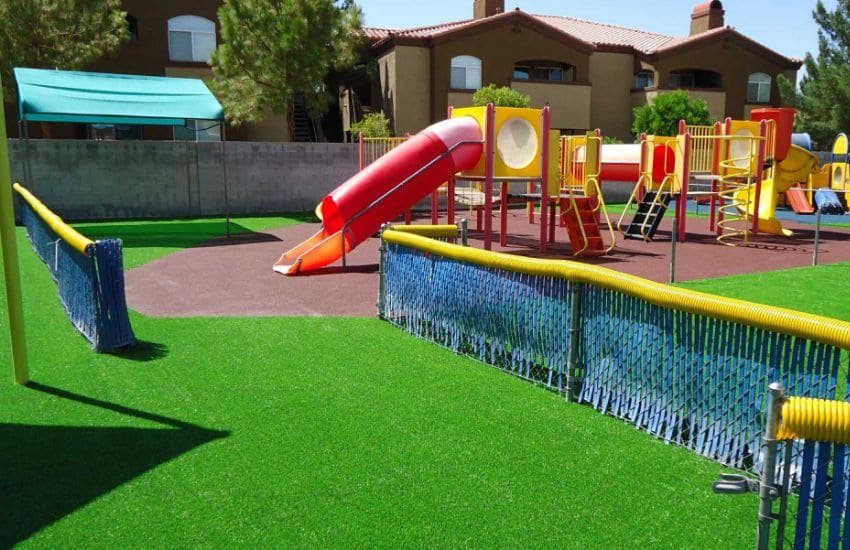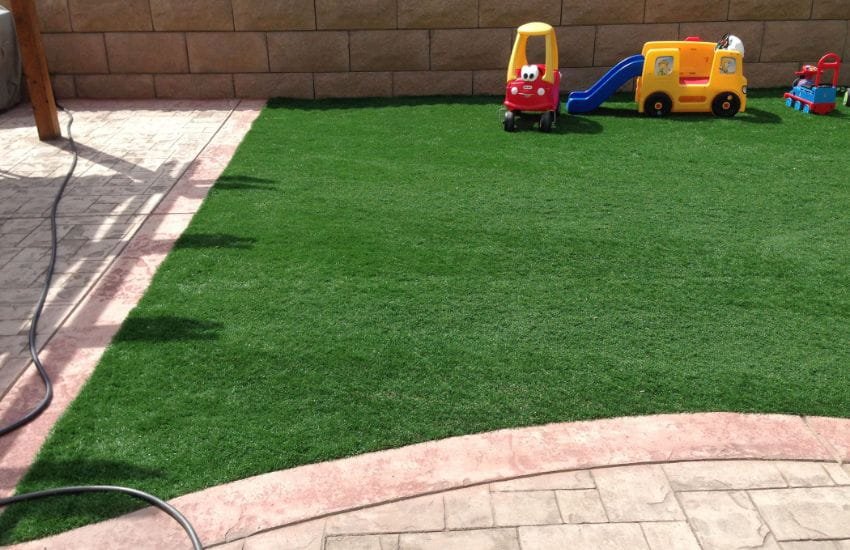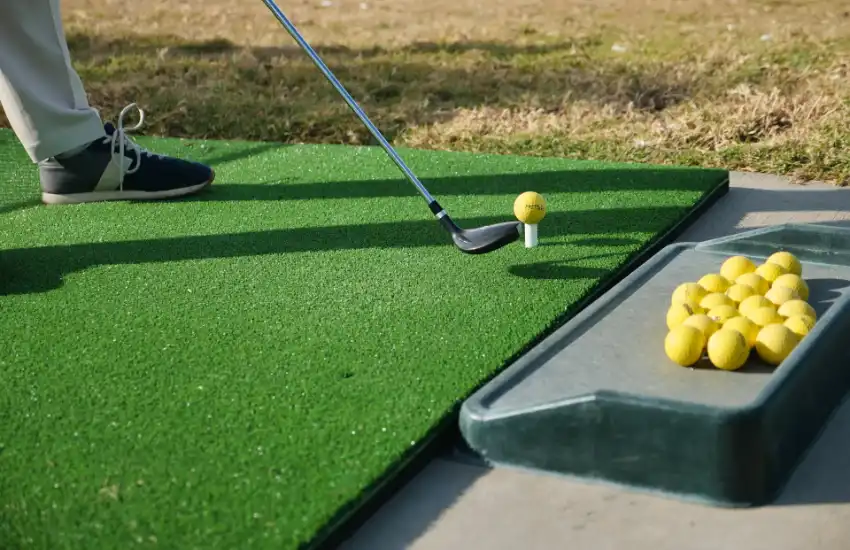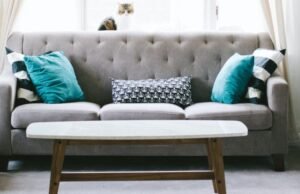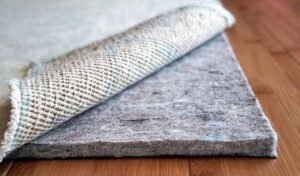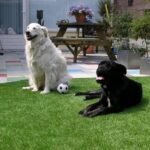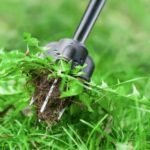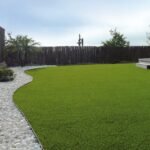Artificial grass is the must-have treatment for covering the outdoor and indoor floors of your residential and commercial spaces. Fake turf is gaining popularity because of its wide versatility, functional stability, and low maintenance profile. To give your interiors and exteriors a natural makeover, this synthetic grass is the best choice to settle for.
When it comes to creating shock-absorbing, comfortable, safe, and environment-friendly spaces for kids’ playing purposes, artificial grass Dubai is the ideal pick to go for. Whether you want to purchase fake grass for your backyard or a local recreational park, this comprehensive guide will provide you with every detail that you must acknowledge before shopping.
What You Need To Know About Artificial Turf For Playgrounds
The installation of artificial grass in playgrounds has grown in popularity in recent years due to its high-end decorative and functional features.
Learn About Artificial Grass Terminology
It is important to learn the basics of vocabulary before you buy artificial grass. This grass is the ideal and most effective alternative to natural grass that is manufactured from man-made synthetic fibers, including nylon, polypropylene, or polyethylene. This grass is applicable for sports arenas, residential lawns, landscapes, and commercial applications.
Look For Artificial Grass For Play Areas
When you go shopping for fake turf, there are a lot of options that differentiate each type in terms of appearance, durability, quality, and drainage. Not every type of grass will create the perfect base for your recreational spaces and playgrounds.
You can look for the finest quality turf that ideally meets your needs and coordinates with the surroundings as well. When purchasing a quality one, you must look for softness, quality, pile height, density, a pleasant green shade, and stability.
Versatile Color Options
When it comes to buying grass for sports, the most noticeable factor is the color tone, which impacts the overall style of the space. With recent advances in manufacturing technology, there’s an innovation in the color varieties for this grass.
The huge range of colors was introduced to provide you with a nearby match for natural grass. To give your lawns and landscapes more natural and realistic visuals, dozens of green shades of this grass are available in the UAE market.
Also Read: How to kill grass naturally
Yarn Fibers
The materials that are used to make threads of this fake turf are called yarn fibers. These yarn fibers make the blades of grass. In fake grass construction, different types of pile yarn are used that vary in color, shape, and thickness.
This grass is comprised of one of three synthetic materials, including polyethylene, polypropylene, and nylon. For sports grounds, the most ideal yarn fiber is nylon; polypropylene is recommended for areas with average foot traffic; and polyethylene with a combination of softness and strength is best for playing areas.
Read More: How To Create A Dog Friendly Backyard
Thatch And Turf Fibers
If you notice, there’s a layer of dead and dying grass underneath your natural grass that offers an extraordinary level of cushioning. Keeping this factor in mind, modern artificial turf is crafted with a layer of thatch.
Thatch is the curly yet soft threads that are added in between the upright green yarn fibers. These thatch materials, along with turf fibers, provide your grass with a natural visual, realistic aesthetic, and cushioning feel to enhance the turf’s softness.
Know About Density And Face Weight
The density of artificial grass defines how closely the pile yarn is woven together. The higher the density, the better the quality and durability will be. The dense and thick product pack involves the use of more material per square yard. This means you have more fibers to absorb the friction of foot traffic.
On the other hand, face weight is the yarn’s and thatch fiber’s weight that doesn’t involve backing. A good-quality artificial turf has a material weight of approximately 70 ounces per square yard. The higher face weight indicates durability, and vice versa.
Read More: How to install artificial grass
Pile Height And Thickness
The pile height of fake grass is the length of the turf blades, which defines how tall the fibers are. For areas that are not used widely, a pile height of 1.25 inches is recommended for a pleasant and realistic appearance. For high-foot-traffic areas, consider investing in more than 1.25 inches.
The thickness of this grass can be counted along with the pile height. To give a freshly cut grass appearance, you can opt for 25–30 mm of thickness. For natural-looking grass, it is suggested to choose grass with 30–38 mm of pile height and thickness.
Anti-microbial And UV Protection
As you know, natural grass breeds fungus, bacteria, or mold, not offering secure and healthy surfaces for playing purposes. Unlike natural grass, fake turf is designed to tackle this problem and comes with an anti-microbial backing and additives to prevent the buildup of germs and bacteria.
Another exceptional fact about this grass is its excellent resistance against fade. Because of their functional features of lower water bills, eco-friendly nature, and water resistance, this grass is suitable for a variety of applications including lawn, roofing, decks, backyards, patios, and hallways.
Read More: How To Clean Artificial Grass?
Backing, Infill Materials, And Drainage System
To give your floors a cushioning feel, artificial grass comes with backing materials. For backing, you can get a foam or rubber underlay. Additionally,infill materials made from synthetic rubber and silica sand can be added to keep the grass in its place and withstand the highest level of foot traffic.
Also, there’s a drainage facility that helps flow water quickly from the surfaces, leaving no mess of mud and dirt. When installing artificial grass, professionals will make a way through drilling holes for proper drainage, creating the best surfaces for playing purposes.
Final Thoughts!
Artificial grass is the most exceptional, versatile, and durable choice to give your garden and backyard floors an instant makeover. If you are eager to purchase artificial grass, there are plenty of factors that you must consider before purchasing it for your residential and commercial landscapes.
Fake grass comes in a diversity of colors, thickness, pile height, density, face weight, thatch, and yarn fibers. Aside from that, it can be customized to different shapes and sizes to fit any space. You can get them with a functional aspect of resistance against water, fade, scratches, and allergens. The drainage system, backing underlay, and infill materials add a lot to the space’s efficiency. Additionally, the ease of maintenance makes this grass an attractive choice for individuals.

